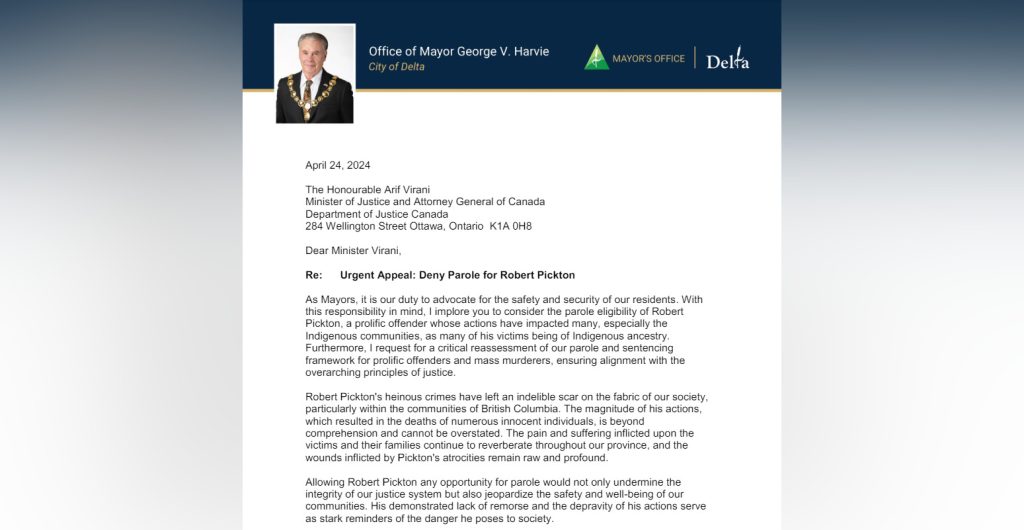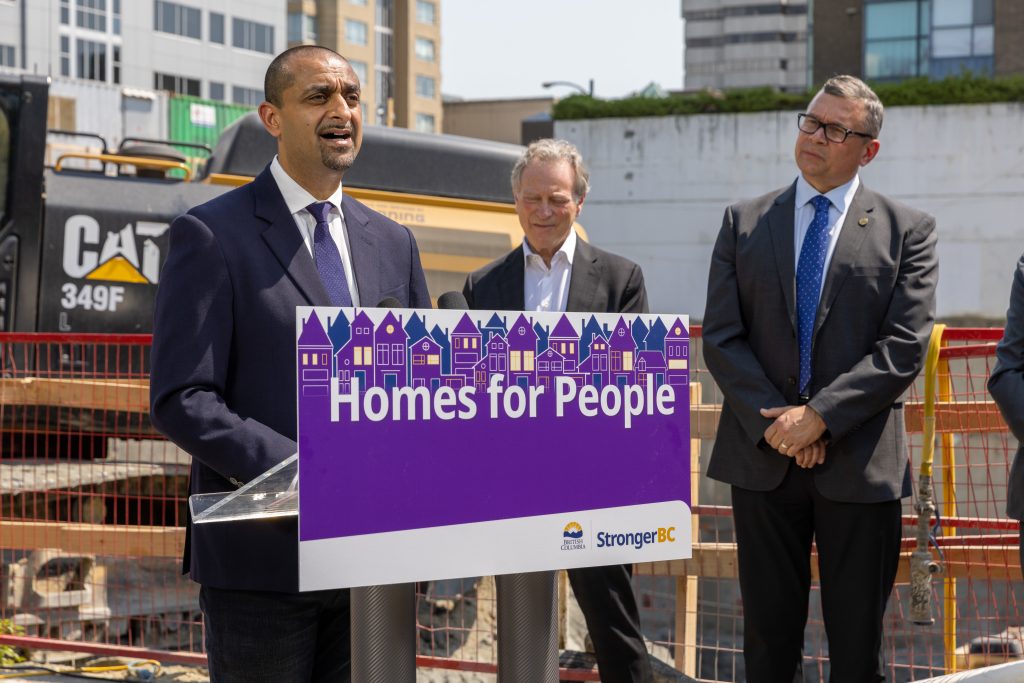Ontario announces state of emergency, issues stay-at-home order
Posted January 12, 2021 11:57 am.
Last Updated January 12, 2021 2:40 pm.
TORONTO – The Ontario government has announced additional, stricter COVID-19 lockdown measures including a second Ontario-wide state of emergency and a stay-at-home order for at least 28 days in the wake of new Ontario COVID-19 modelling data released on Tuesday.
Effective Thursday at 12:01 a.m., the government is issuing a stay-at-home order requiring everyone to remain in their households with exceptions for essential purposes, such as going to the grocery store or pharmacy, accessing health care services, for exercise, or for essential work.
As part of the stay-at-home order, Ontario Premier Doug Ford says in addition to limiting outings to essential trips, all businesses in that province must ensure that any employee who can work from home does so properly.
Ford says he is providing all enforcement officers in the province, including the Ontario Provincial Police (OPP), local forces, bylaw officers, and workplace inspectors to issue tickets and fines to those who do not comply with these orders.
Among the latest restrictions, all retailers who have been deemed essential will see their hours restricted between 7 a.m. and 8 p.m., though retailers that sell groceries and pharmacies will be exempt from the hourly restrictions.
Meantime, restoring the province’s emergency order gives Ford the authority to close additional businesses, ban events and gatherings, and further emphasize the need to keep people at home with new laws.
“The latest modelling data shows that Ontario is in a crisis and, with the current trends, our hospital ICUs will be overwhelmed in a few short weeks with unthinkable consequences,” said Premier Ford.
“That’s why we are taking urgent and decisive action, which includes declaring a provincial emergency and imposing a stay-at-home-order. We need people to only go out only for essential trips to pick up groceries or go to medical appointments. By doing the right thing and staying home, you can stay safe and save lives.”
A declaration of emergency is enforced “to ensure that necessary measures and restrictions can be put in place to keep Ontarians safe and immediately respond to the ongoing threat of COVID-19.”
It automatically terminates 14 days after being made unless terminated earlier or extended by the government.
Other measures approved by cabinet and the Ford government include lowering the limit for outdoor gatherings from 10 people to five, effective immediately.

The Premier can also call on the government to immediately deploy staff in the healthcare system if and when needed.
The government will enact the following additional public health measures between Tuesday and Thursday:
- Outdoor organized public gatherings and social gatherings are further restricted to a limit of five people with limited exceptions. This is consistent with the rules during the lockdown during the first wave of COVID-19 in spring 2020 and will allow individuals and families to enjoy time outdoors safely.
- Individuals are required to wear a mask or face-covering in the indoor areas of businesses or organizations that are open. Wearing a mask or face covering is now recommended outdoors when you can’t physically distance more than two metres.
- All non-essential retail stores, including hardware stores, alcohol retailers, and those offering curbside pickup or delivery, must open no earlier than 7 a.m. and close no later than 8 p.m. The restricted hours of operation do not apply to stores that primarily sell food, pharmacies, gas stations, convenience stores, and restaurants for takeout or delivery.
- Non-essential construction is further restricted, including below-grade construction, exempting survey.
Additionally, the provincial government has extended closures for school boards that will not return for in-person learning until February 10 at the earliest. The government will also implement new health and safety measures in child care settings, such as enhanced screening to align with school requirements, voluntary participation in targeted testing, and additional infection prevention to align with schools.
Ford also announced residential evictions are temporarily being suspended.
These measures are among a number of new lockdown restrictions the cabinet approved after the Premier met with his ministry for several hours on Monday night and again briefly Tuesday morning.
As part of Tuesday’s announcement, Ford confirmed that while a curfew was actively analyzed, he “does not believe in them.”
“Walk around the block. We aren’t telling people they can’t get out and walk their dog,” the Premier said.
“All we’re asking is cooperation from the people to stay home.”
Ontario’s associate medical officer of health Dr. Barbara Yaffe echoed the Premier, affirming on Monday that an overnight curfew was not among the many health and safety measures considered by the provincial government.
“We have looked, certainly, at the measures put in place in other jurisdictions, other countries, and curfews have been put in place with multiple other measures,” Yaffe said.
She says workplaces have become a growing source of infection.
“Places where people may be congregating during a break time,” said Yaffe. “They’re having coffee, they’re obviously not wearing a mask.”
Health Minister Christine Elliott says the province has also detected eight more cases of the COVID-19 variant from the United Kingdom, bringing the total number discovered across Canada now to at least 22.
On Monday, Toronto Mayor John Tory backed the return of a full lockdown that was imposed in the spring, saying there are businesses open today that were shut down during the first wave of the COVID-19 pandemic.
The new modelling shows that Ontario’s long-term care sector continues to be devastated by the COVID-19 pandemic and ICU occupancy is increasing with “real consequences for health.”
“Since the implementation of the province-wide shutdown over two weeks ago, the latest modelling trends in key public health indicators have continued to worsen, forecasting an overwhelming of the health system unless drastic action is taken,” the province said in a release.
Ontario reported 2,903 new cases of COVID-19 on Tuesday, including eight new cases of a variant from the United Kingdom. The province also reported 41 more deaths linked to the virus.
Over 222,000 Ontarians have tested positive for COVID-19 to date, with 186,829 cases resolved and 5,053 deaths.










